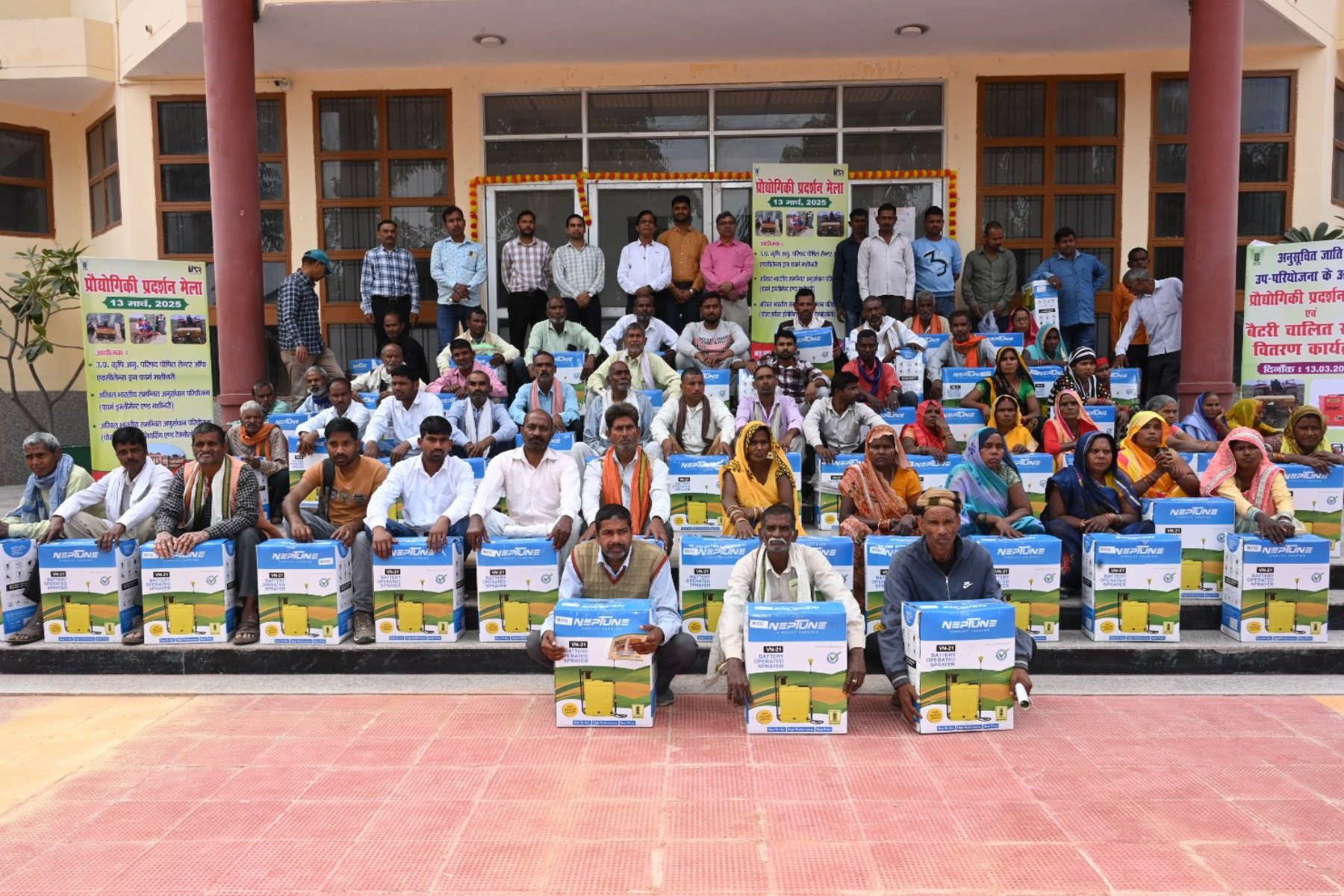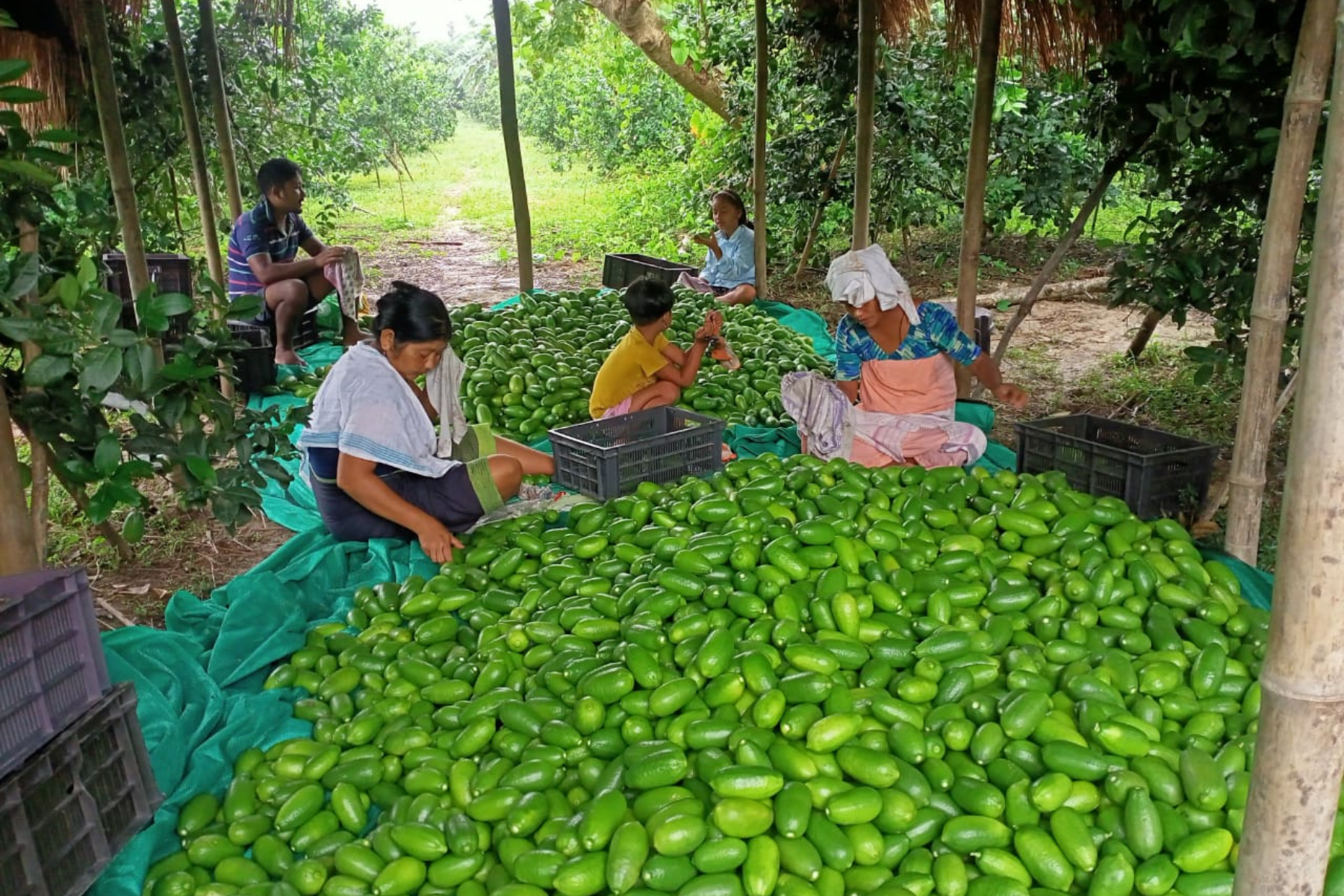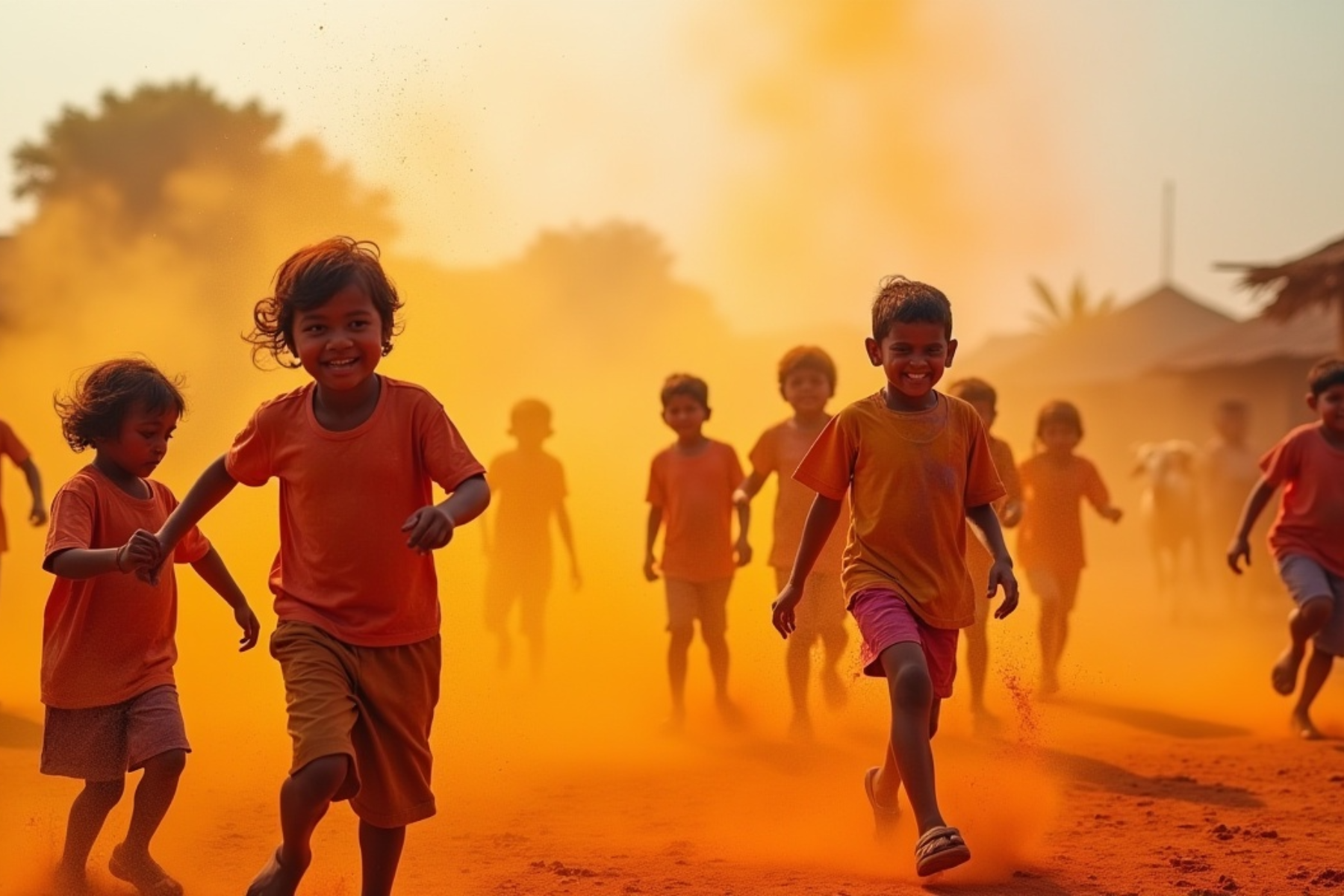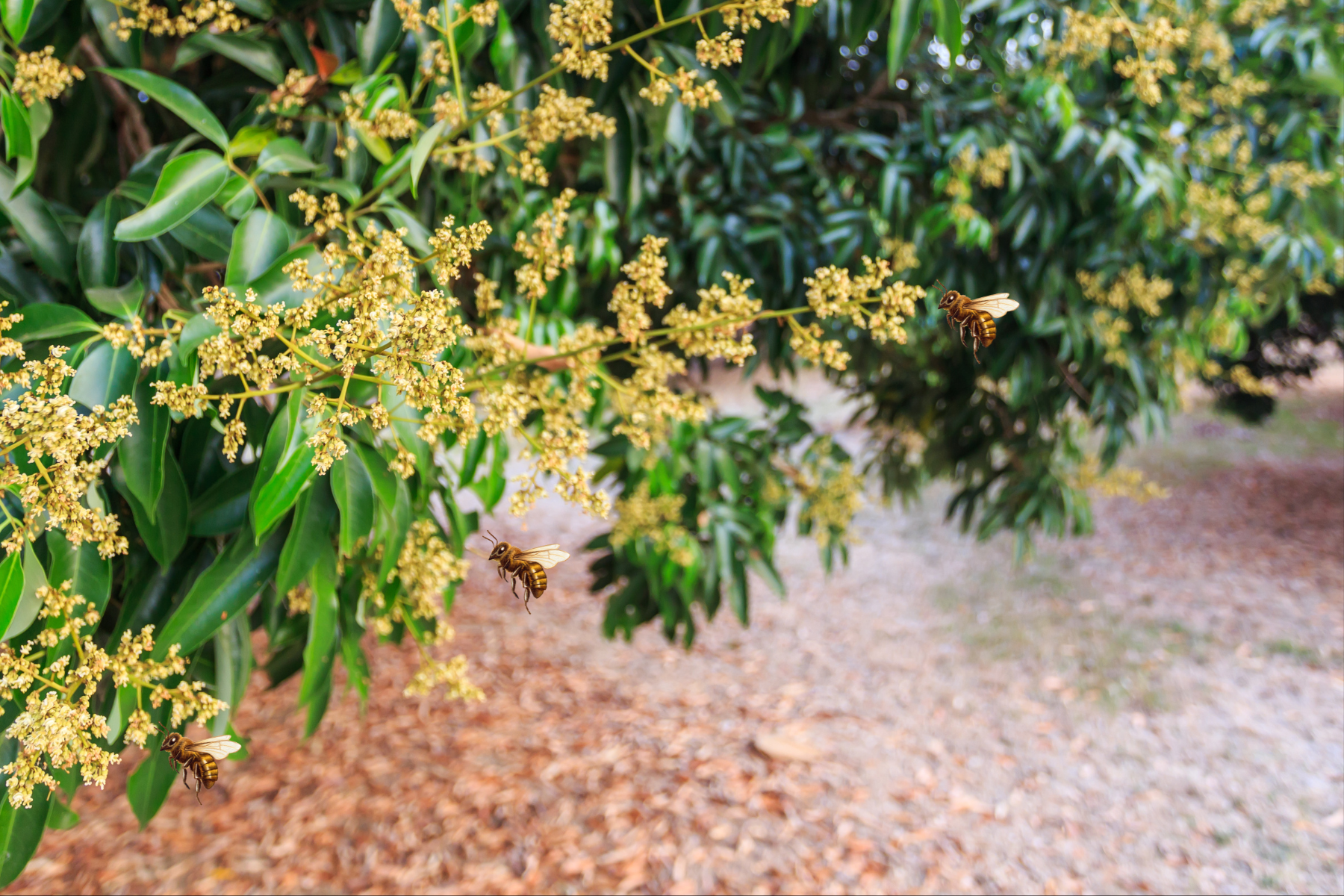Dara Village (Srinagar), J&K
Nestled atop a majestic mountain, Dara Village stands as a serene haven overlooking the city of Srinagar. With its breathtaking vistas that span across the entire landscape, this small village in Kashmir is famous for its cherry production.
However, this year the cherry farmers in Jammu & Kashmir (J&K), India’s topmost cherry producing province, have suffered heavy losses due to above-normal rainfall and hail storms in the past two months. Some of the cherry orchard owners in Dara village claim that they have lost between 50 per cent and 85 per cent of their fruit harvest.
“This year everything went in vain. I managed to retrieve only ten per cent of my total cherry production that I was expecting,” said Mohammad Maqbool, who has been cultivating cherries for the past two decades. “Never have I seen such weather in the spring and summer months,” he added.
“I used to gather 200 boxes of cherries annually. But this year, the count stands at a mere 25 boxes. The untimely heavy rainfall in the past two months caused extensive damage, leaving me with piles of ruined cherries. How do I pay the four labourers I had employed in my orchard,” complained the farmer. According to him, while the government officials may label it a ‘bumper cherry season’, almost the entire production of farmers like him has been decimated.
Also Read: KCC scheme brings prosperity to horticulture farmers in Ganderbal, J&K
Horticulture is the mainstay of Kashmir’s economy with 700,000 families directly or indirectly associated with the sector. It contributes over eight per cent to the Gross Domestic Product (GDP) of J&K. As per the government figures, about 3.3 million people in the Valley are directly or indirectly involved in the horticulture sector.
More than 338,000 hectares of land is under fruit cultivation in the Valley. Of this, about 1,149 hectares of land is under cherry and 8,133 metric tonnes of the fruit was produced during 2021-2022. Apart from J&K, cherry is produced in the neighbouring state of Himachal Pradesh.
Cherry cultivation in Dara Village
Cherries thrive in the Kashmir region due to its moderate temperature, and Dara village has the perfect terrain for the fruit’s cultivation. However, this year’s erratic weather has caused havoc to the cherry cultivators.
“With a four-decade-long association with cherry production, I have witnessed many seasons come and go, but this year’s rainfall proved to be a devastating blow. Despite the initial promise of a bumper season, the downpour wreaked havoc within minutes, leaving our Australian cherry variety in ruins,” Haji Mohammad Akram Bhat from Dara Village told Gaon Connection.

Horticulture is the mainstay of Kashmir’s economy with 700,000 families directly or indirectly associated with the sector.
According to the farmer, cherries are sensitive to extreme weather conditions, requiring a moderate temperature for optimal growth. They cannot withstand heavy rains or high temperatures, and their season commences from May 15 and lasts until June 25 making it crucial to gather the fruits before this date to prevent them from rotting.
“In a typical year, my orchards yield around 3,000 cherry boxes, but this season, I will barely get half the production. Now, I face the daunting task of carefully bringing the fruits down from the trees and painstakingly sorting the salvageable ones. This additional labour cost adds to our woes,” said Akram Bhat.
He went on to inform that it was an employer at the horticulture department who assisted him in obtaining grafts of exquisite Australian cherries. “I take pride in being one of the few in Kashmir to possess around 15 trees of this exceptional variety. It’s disheartening, though, that despite the soaring market rates, we find ourselves without any products to offer.” complained Akram.
Maqbool had similar concerns. “Among the various cherry varieties grown here, Double and Italian cherries have always been produced in abundance. Today these cherries command high market prices, with a single box selling for 200 rupees. However, despite the soaring demand and lucrative rates, we have no production left to sell,” he lamented.
Also Read: Kashmir’s strawberry farmers in the red

Cherry cultivation is widespread in various parts of Kashmir, primarily in Srinagar, Ganderbal, Shopian, and Baramulla
Weather woes
While talking with Gaon Connection, Director of the Meteorological Department of Jammu and Kashmir Sonum Lotus said, “Kashmir region has experienced unusual weather patterns during April and May months. Contrary to the typical transition from spring weather with decreased rainfall, this year witnessed frequent Western Disturbances, leading to above-normal precipitation.”
The weather official went on to inform that J&K and Ladakh collectively received 113 millimere (mm) of average precipitation in April against a normal of 99.5 mm – registering an increase of 13 per cent. From April 28 to May 4, J&K recorded 59 mm rainfall, some 70 per cent above normal. On May 8, there was the highest 24-hour rainfall in over a decade in Qazigund (50 mm), Kokernag (62 mm) and Banihal (40 mm) in J&K.
Additionally, as temperatures gradually rose during this transitional period from winter to spring, localised thunderstorms and hailstorms became more prevalent, posing a threat to agriculture and horticulture including cherry production, said Lotus.
Also Read: Trouble in Paradise — Kashmir receives low snowfall in Chillia Kalan, but excess rainfall in April
Help at hand
According to Mohd Amin Bhat, the Director of Horticulture Kashmir, “Cherry cultivation is widespread in various parts of Kashmir, primarily in Srinagar, Ganderbal, Shopian, and Baramulla. The majority of the cherry production comes from Ganderbal district, which fortunately remained unaffected by the recent hailstorm.

Some of the cherry orchard owners in Dara village claim that they have lost between 50 per cent and 85 per cent of their fruit harvest.
However, in certain areas of Srinagar and Baramulla some cherry varieties were at the ripe stage when the hailstorm struck the crops last month, said the horticulture official. “Despite the adverse weather conditions, we anticipate a bumper crop production this year, with an annual yield of 22,000 metric tonnes of cherry on 3,000 hectares of land,” he added.
Talking about hailstorms and their impact on the fruits, Bhat explained: “Due to the hailstorm, farmers cannot employ fungicides on cherries that are in the ripening stage. However, in areas where the fruit has not yet ripened, farmers can use calcium chloride spray to prevent cracks, excluding the harvest period.”
Also Read: Kashmiri youth turning to agriculture for a profitable source of income
The official went on to inform that the horticulture department has included the cherry crop under the Revised High-Density Plantation Scheme and aims to expand the cherry cultivation area with new varieties. This scheme will facilitate the extensive promotion of cherries.
Bhat also mentioned that the government was extending transportation and marketing support to the farmers. “We are currently marketing the early season fruits and offering a 25 per cent subsidy to farmers when transported by air. We are also planning to collaborate with entrepreneurs for marketing initiatives,” he said.
The Director of Horticulture Kashmir also informed that the department has introduced air-conditioned refrigerated vans to ensure timely transportation of fruits to the mandis (markets), and provisions have been made in this year’s budget for this purpose.
In an effort to minimise waste of the fruit, the horticulture department has engaged in discussions with growers regarding the marketing of C-grade cherries, which can be utilised for juice production. “We will provide the necessary materials to ensure that these cherries are utilized effectively and not wasted,” assured Bhat.




















